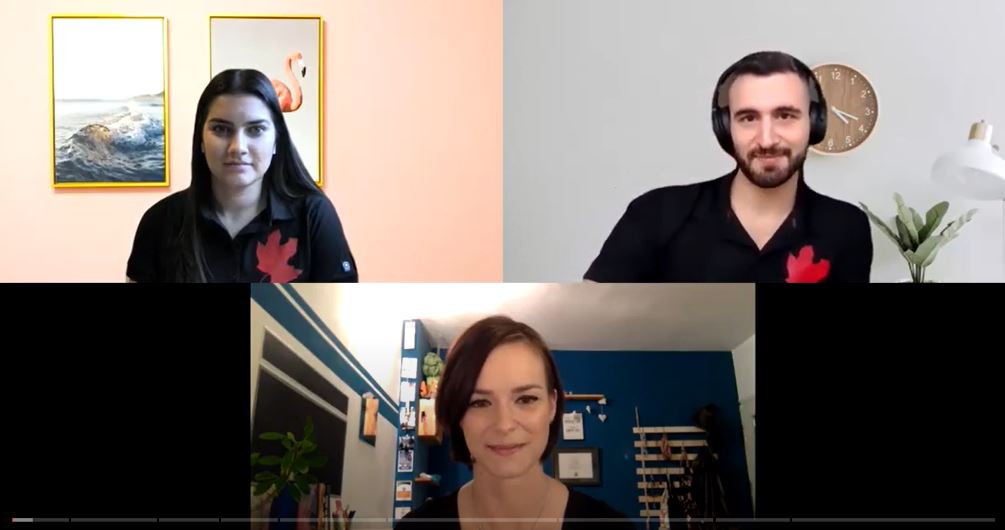Fencing expert weighs in on the magic of LTD and a positive environment

Maia Rathwell (bottom)
The first sport Maia Rathwell ever got hooked on was fencing, when she was 12 years old.
Now a Long-Term Development enthusiast and fencing coach in Croatia, she’s passionate about using a CrossFit mentality to create a sense of inclusion with her athletes. Recently she connected with Sport for Life’s Zoran Stojkovic about how she has used Long-Term Development principles to create pathways for everyone.
For her, it starts with banishing negativity from the athletic space.
“I just think it’s part of my personality that everything is A-okay with me unless someone is being disrespectful. I really think that’s the main thing. If I sense any negativity in my club we stop everything and we discuss it: this is the one thing we cannot do. No looking down on someone, no looking down on yourself for silly mistakes you’re going to correct anyway,” Rathwell said.
“I never allow my athletes to say ‘oh my god, I was so stupid’. No, no, no. None of that. It’s just ‘let’s regroup, let’s see what we can do better, let’s see how this can turn out well for all of us, let’s just focus on positive stuff all the time without exception’.”
Rathwell’s goal in coaching her fencing group was to use bits of the Long-Term Development framework in small ways to see how Long-Term Development could influence her group in positive ways. She describes her experience coaching fencing in Zagreb as a micro Sport for Life experiment. The results were incredible: increased athlete retention, development, enjoyment, and satisfaction. It had also led to competition success.
In her group she has athletes with a variety of skill levels, including one person who is missing an arm and another who is returning to fencing after decades away from it. She recognizes that each of them requires a unique pathway and she works to provide them with that.
“To keep all of this in check, you need to be positive and make the emphasis fun. While I was trying to implement Long-Term Development from the policy-maker perspective, I found it really looked good on paper but I didn’t know if it would turn out awesome in practice, but now I know it really does.”
The full interview is available on YouTube here.

